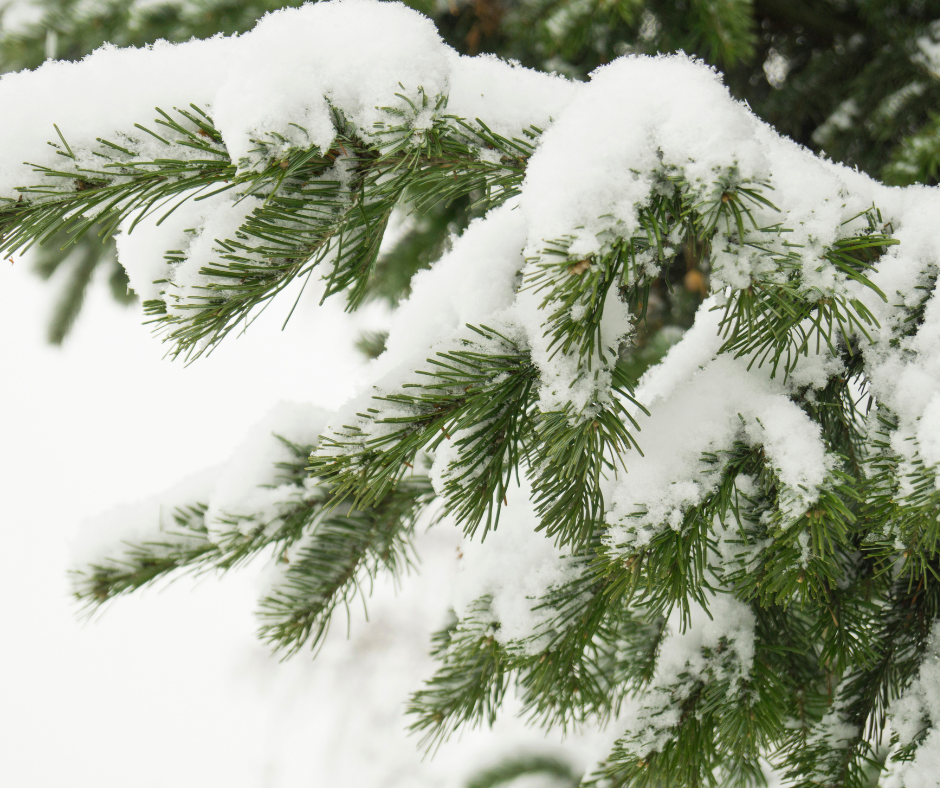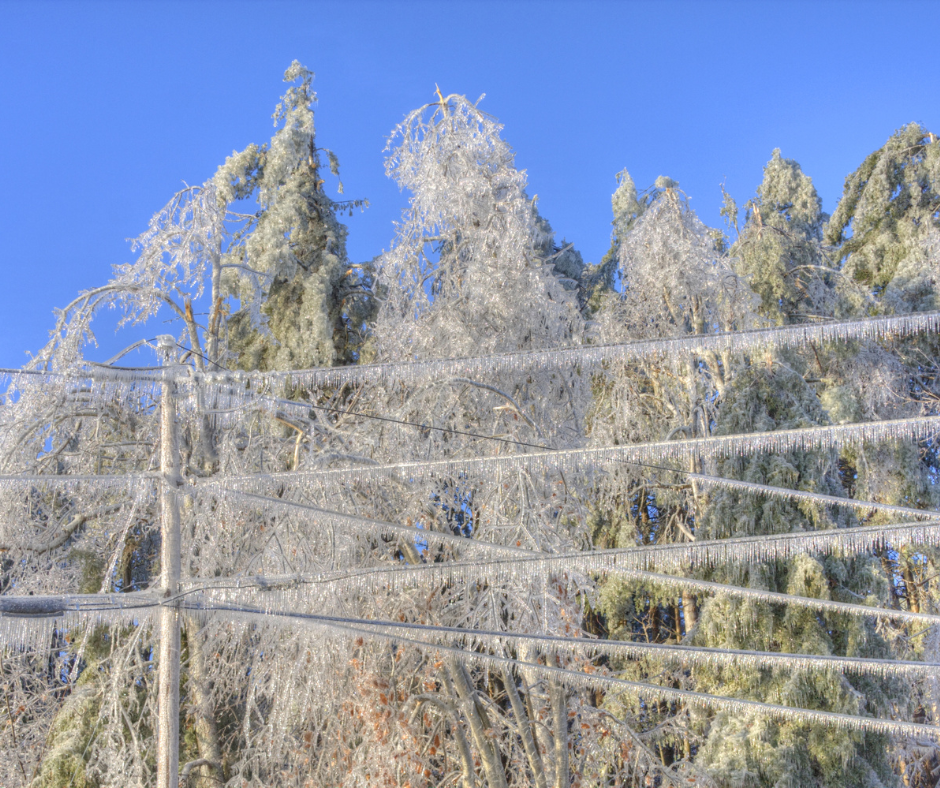Let it snow, let it snow … but first, winter woody plant care

We have had a tiny touch of winter so far … a few flurries, and some quick dips into the frigid, but early December is a great time to do that final check of the woodies in your landscape, before heavy snow or ice storms come.
There is nothing so heartbreaking and branch breaking than a heavy snow, and even worse, those late-winter ice storms. First, look up, way up, at any tree branches that are hanging over utility or other wires, or let’s say your bedroom. You don’t want to be that person on the 10 o’clock news being interviewed in your pajamas with an ice-laden tree branch sticking out of your bedroom. For any branches high up, call your favorite arborist.
And then it happens … As night falls, we look out the window to a scene reminiscent of “White Christmas” and wake up to a scene more out of a horror movie. Trees split in half, evergreens that look more like a jester’s cap than that flame tip row of junipers that stood like soldiers just the day before. But you have time to prevent much of this, if Mother Nature decides to throw us her best (or worst) snow and ice curve balls.
In general, the faster a tree grows, the softer the wood is. Also, trees that are clumping or whose stems grow vertically instead of horizontally, like those junipers I mentioned above, need some support. And I don’t mean to go out there before a storm and give them a pep talk, although that is never a bad idea.
For the junipers, if we are forecast for particularly icy weather, you need pantyhose; no, not to wear, although I judge no one’s sense of style. But take a leg of pantyhose and do a visual 3 section, bottom to top, and tie snugly but not overly tightly around them horizontally. It will look like a nice pork roast.
If you can’t find pantyhose, be sure you use some type of material that is flexible. In this age of zip ties (the absolute worst material to use on plants –ever!) the stiff plastic is like a mini Sawzall powered by the wind. And before you know it, whether it is your prized tomato in summer, or your row of junipers, you will start losing stems as the brittle plastic cuts through them. Duct tape won’t fix this.
You can also use pantyhose on your climbing roses to tether them to fence or trellis. Having them whip in the wind can cause them to splinter, and you will be calling that 10-foot climber “shorty” next spring. Shrub roses, particularly, any that are labelled “own root,” are the ideal answer to Mother Nature’s rath—if we have a super severe, particularly polar vortex like temps, the rose will die to the ground. But because it is grown on its own roots, it will spring to life next spring.
As for any rose that is not grown on its own rootstock, but instead is grafted (you will see a large bump the size of a knuckle, and thick stems protrude above that knuckle, those are they stems you paid for. The rootstock, often rosa canina (dog rose) or worse rosa multiflora (the curse of the forest preserves.) These rootstocks were used so the more delicate variety of rose would survive our harsh winters.
But often I am told about a “miracle” in the garden. One year, you have large, beautiful, multi-petaled, almost thornless roses suitable for Martha Stewart’s garden; the next year you have a thicket that you can’t get through, covered in sharp, skin-slicing thorns. Oh, and the flower is no longer a beauty, but a four- or five-petaled simple rose.
The part you paid $30 for has died, and now you have a living fencerow of that rootstock rose. Seriously. The University Extension Service (one of our misguided ideas) intentionally imported the multiflora rose to America, to use as a living fence to keep cattle contained. If you find that you have a thicket come spring, time to dig it out and start over.
For those grafted (also called hybrid) roses, I don’t want to drive by your place and see those Styrofoam cones of death (aka rose cones). Research has shown that on a sunny, yet 20 degrees below zero day, it can be over 90 degrees in that cone, frying your roses to death. Oh, and did I mention, the Styrofoam cone is a great winter chalet for mice and voles?
Better to cover the crown with a nice pile of breathable compost or soil. Make sure it is a large dome, covering both the graft and at least a third way up the upper stems.
Lastly, you are not doing your woody plants any favors by going out and beating them with a broom or snow shovel after a heavy snow. You are likely to do more damage than good, unless you start knocking off the snow and ice over time during a heavy snow.
When you go out to shovel every few inches, only if a very heavy snow is predicted, you can tap the branches at the same time.

